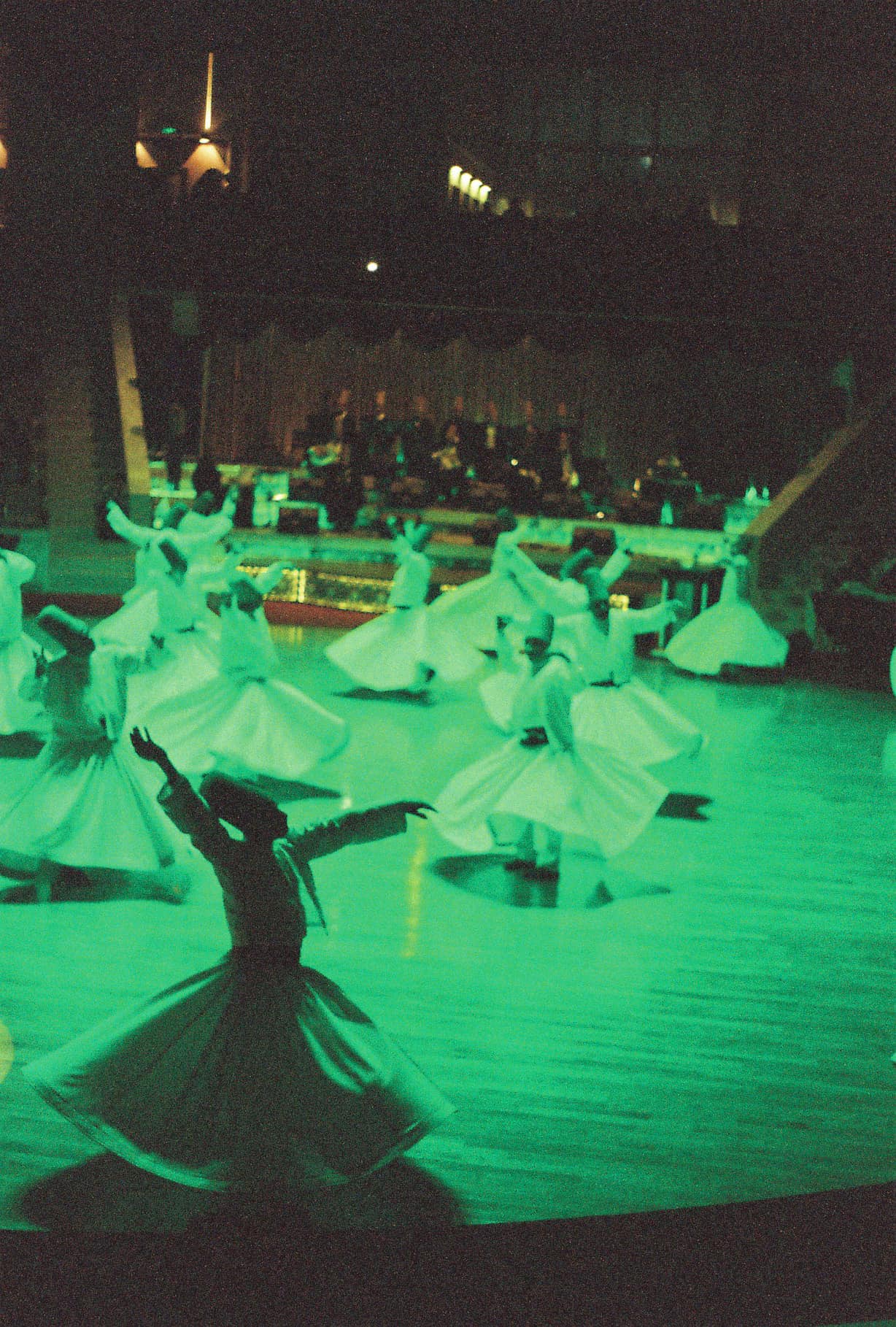 Come, come, whoever you are,
Come, come, whoever you are,
Wanderer, idolater, worshiper of fire,
Come even though you have broken your vows a thousand times,
Come, and come yet again.
Ours is not a caravan of despair.
-Rumi
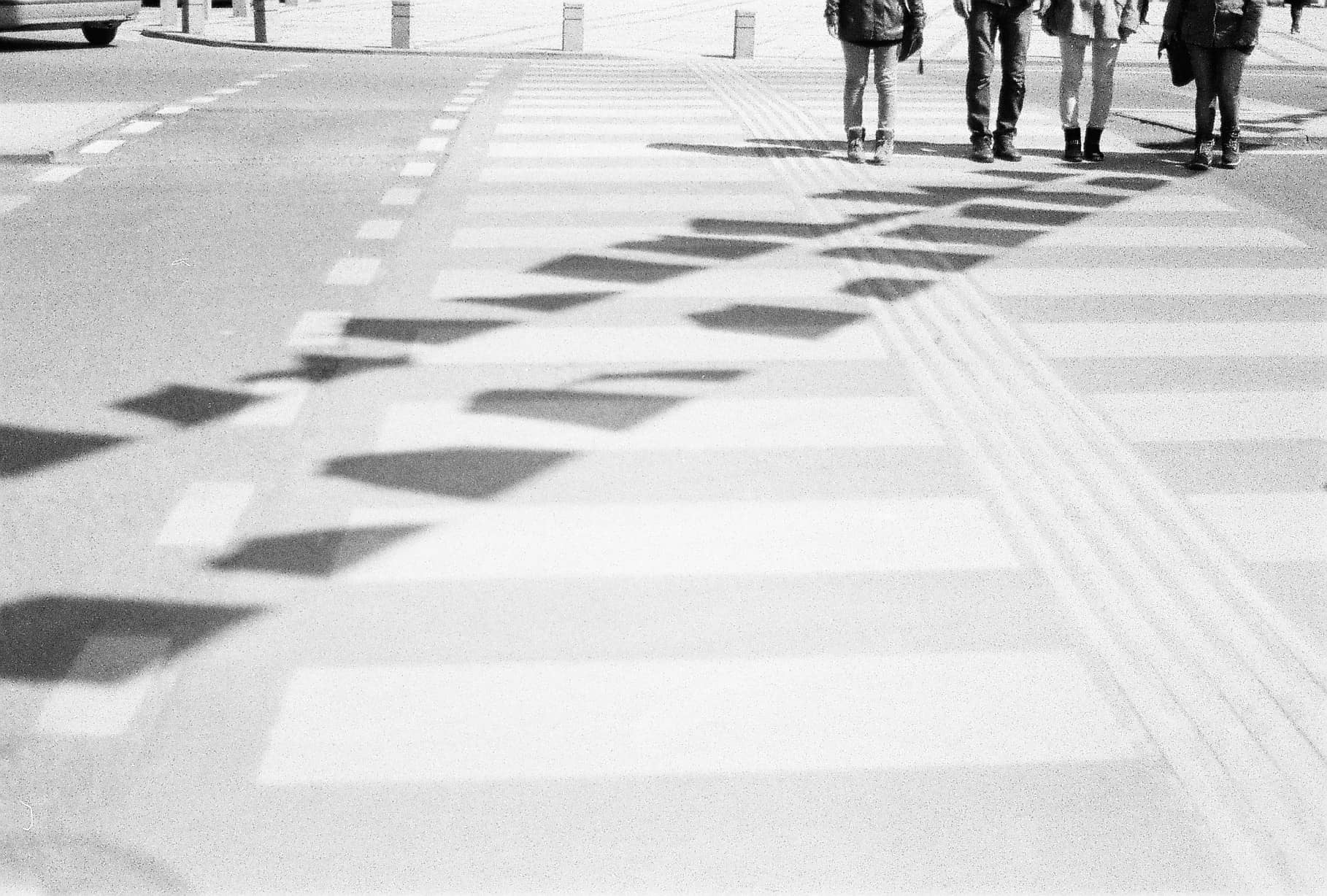
Konya is not like other cities in Turkey.
It’s the most conservative city in the country, smack in the middle of the Anatolian plain. With a large green central park and friendly locals, it’s surprisingly lovely. But it is not these things that make Konya so special.
Konya is the center of a spiritual pilgrimage: it is the beating heart of Sufi mysticism in Turkey.
Sufism is a sect of Islam that emphasizes music, poetry, and spirituality; there is a focus on seeking truth and beauty to free oneself from wordly anxieties and become closer to God. The Whirling Dervishes are the most familiar symbol of Sufism, and Dervish shows are a mainstay of tourism throughout Turkey and especially in Istanbul. However, Konya is the spiritual source of Turkey’s Mevlevi Sufi order, and it is the best and perhaps most authentic place to experience the Whirling Dervish performances.
Celaleddin Rumi, also known as the Mevlana, was a Persian-speaking mystic from Central Asia who settled in Konya in 1228 and inspired the Mevlevi order, which was established by his son after his death. Rumi is most well-known in the west for his incredibly beautiful Persian poetry; his collection called Mathnawi is widely translated and considered a literary pinnacle. Though much of the love poetry by Rumi is actually referring to a love of God, it remains deeply romantic and moving. Rumi’s beliefs radiate love and tolerance, and it’s hard not to feel stirred in the city of his death.
Rumi’s tomb is enclosed in the Mevlana Museum, the main tourist attraction and focal point in Konya. The museum was full of tourists when I visited, but nearly all of them were Turkish or Iranian. Visitors stopped to pray and sway with upturned hands at the tombs within the museum: this is, for many visitors, a pilgrimage. The museum also contains wax exhibits that illustrate the historical usages of each part of the complex, making it accessible even for those who know little about Sufism. (There are also audio guides available.)
The city itself radiates out from the Mevlana Museum. Konya is charming, with large squares filled with clacking backgammon boards, wide avenues for strolling, and an open green park that was filled with people even on the chilly March weekend I visited.
The city is certainly conservative—headscarves are the norm among local women and my attempts to find a corkscrew were met with incredulous laughter—but everyone I encountered was exceptionally kind and hospitable. There is good energy in Konya, perhaps from its Sufi history.
Wandering around the center, I stumbled upon the War of Independence Memorial, which is housed in an ornate building and filled with names, miniatures, and nearly no descriptive information. I gathered that it was a war memorial, though even that was not specified anywhere. However, the building is beautiful and worth the time.
As dusk envelopes Konya, the Mevlana Culture Center lights up and fills with tourists; the auditorium space with amphitheater-like seating hosts a Whirling Dervish performance nightly. The fascination with Sufism and Whirling Dervishes are what brought me to Konya in the first place and it was inconceivable that I would visit the city without seeing the performance, but I arrived skeptical. The space is new and large and the lobby is filled with Dervish kitsch; I worried that this free nightly performance was just a contrived experience for tourists.
But as the lights dimmed in the auditorium and sound of the reedy ney flute floated above the droning live music, I felt a flutter—the audience hushed, the space turned red and yellow, and a line of Dervishes slowly filled up the stage.
The Whirling Dervish performance by its nature is symbolic and meditative. The lighting changed colors to add some differentiation to the repetitive movements, but it wasn’t necessary—the spinning is hypnotic, magical. The Dervishes fanned out across the floor, whirling with their arms upraised to God, their white robes floating on the air.
As the performance neared its end, the music slowed, and the performers began a chant, a prayer.
And the audience, encircling the stage, began to recite the prayer as well.
The air electrified, my spine shivered. This was a collective moment of spirituality, of deep feeling, of connection. There’s a reason we see live performances, there’s a reason that the Whirling Dervishes continue to be such a draw to believers and non-believers alike: we are able to experience these incredible moments together, to feel connected to each other, to seek our divine. I am not a Sufi, nor am I particularly religious, but I was intensely moved.
This is Konya, the home of Rumi, of the Whirling Dervishes, of Turkey’s mystical heart. Konya is not an average city. It is infused with something, some spiritual love, some deep magic. Come, and come yet again. Ours is not a caravan of despair.
I stayed at Ulusan Hotel in Konya, which was cozy, clean, and comfortable. The owner, Ali, is enthusiastic and helpful and the source of the only corkscrew I found in Konya. He offered us grilled sandwiches and fresh carrot juice upon arriving and was generally an excellent resource. I highly recommend staying here when you come to Konya.
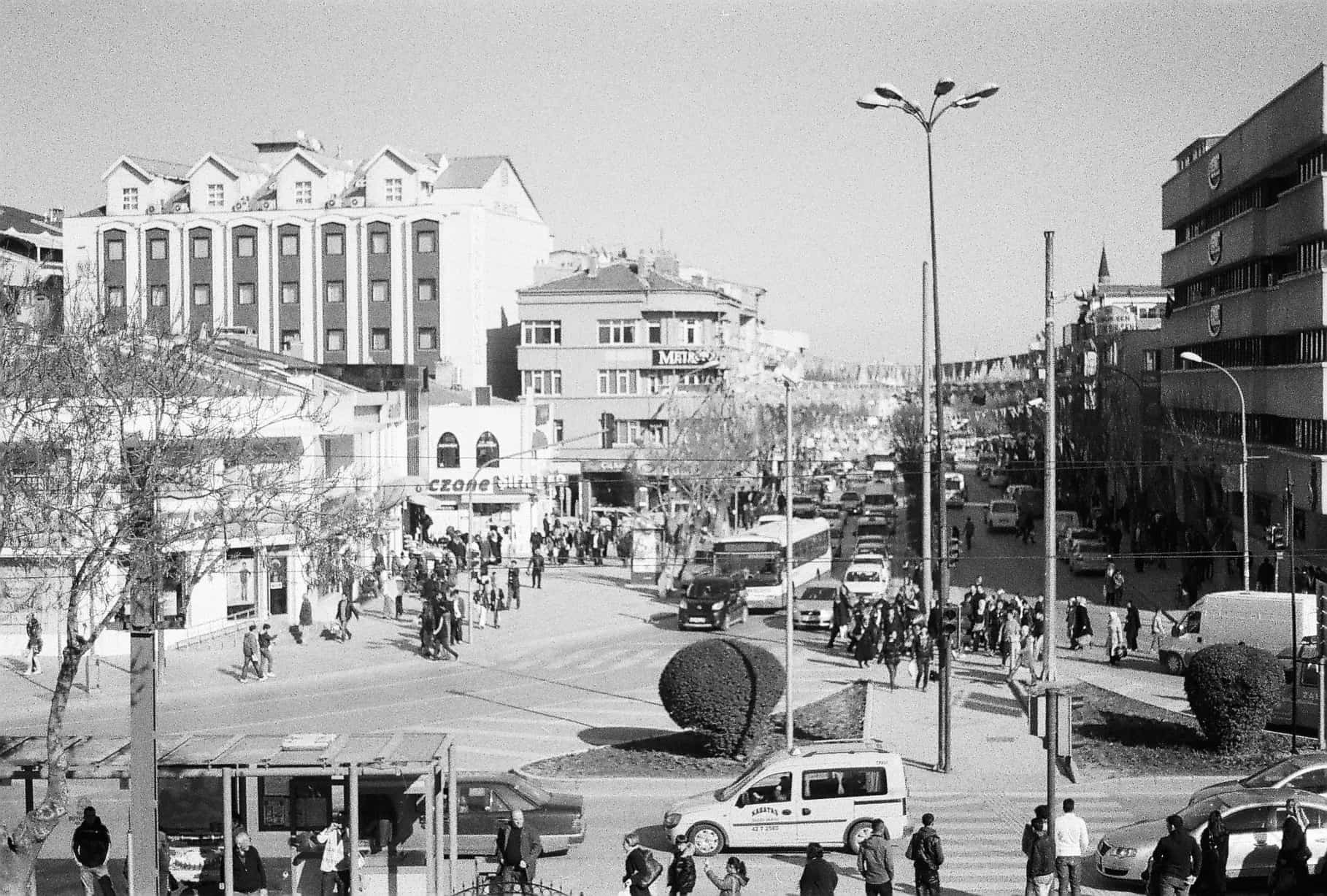
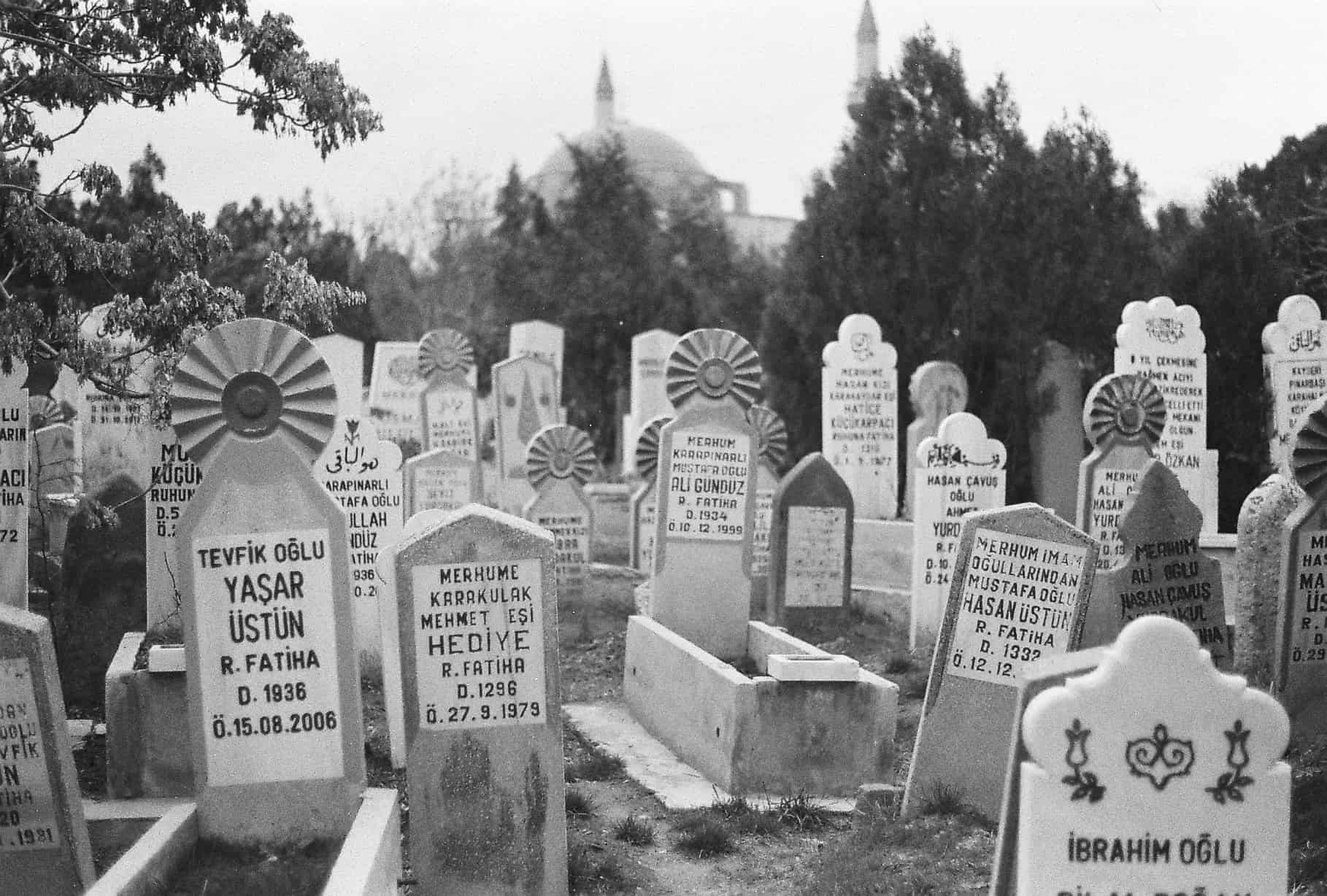
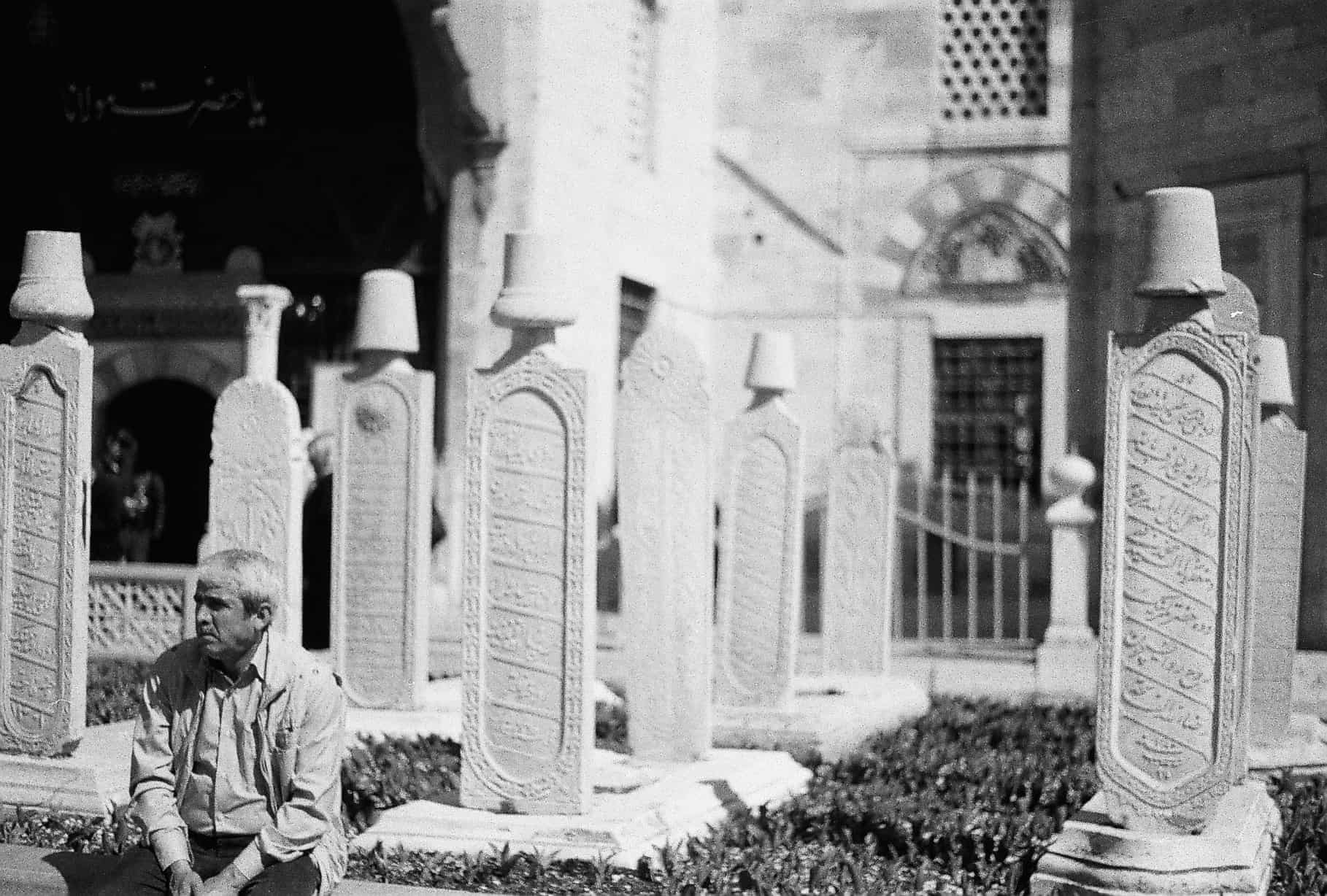
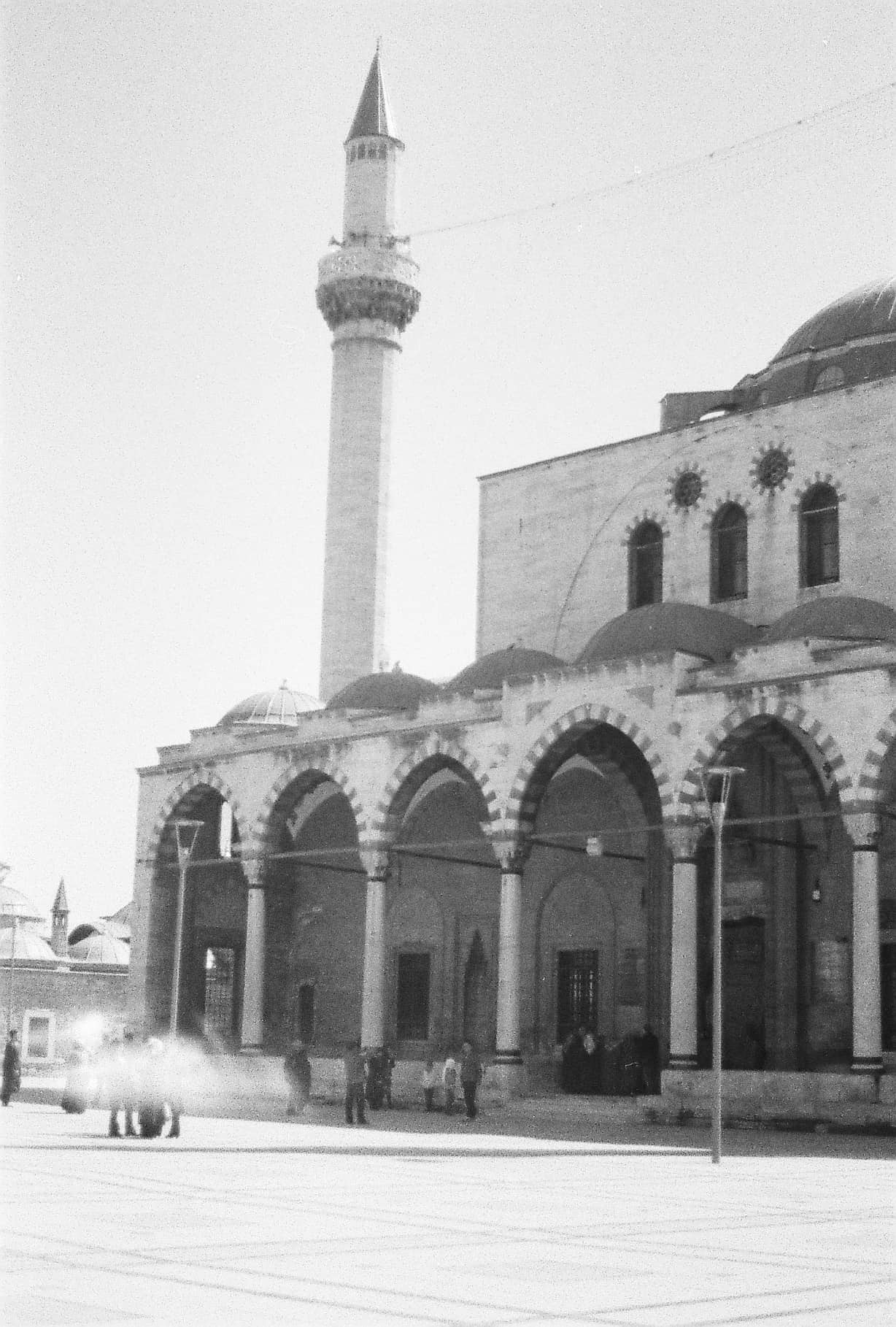
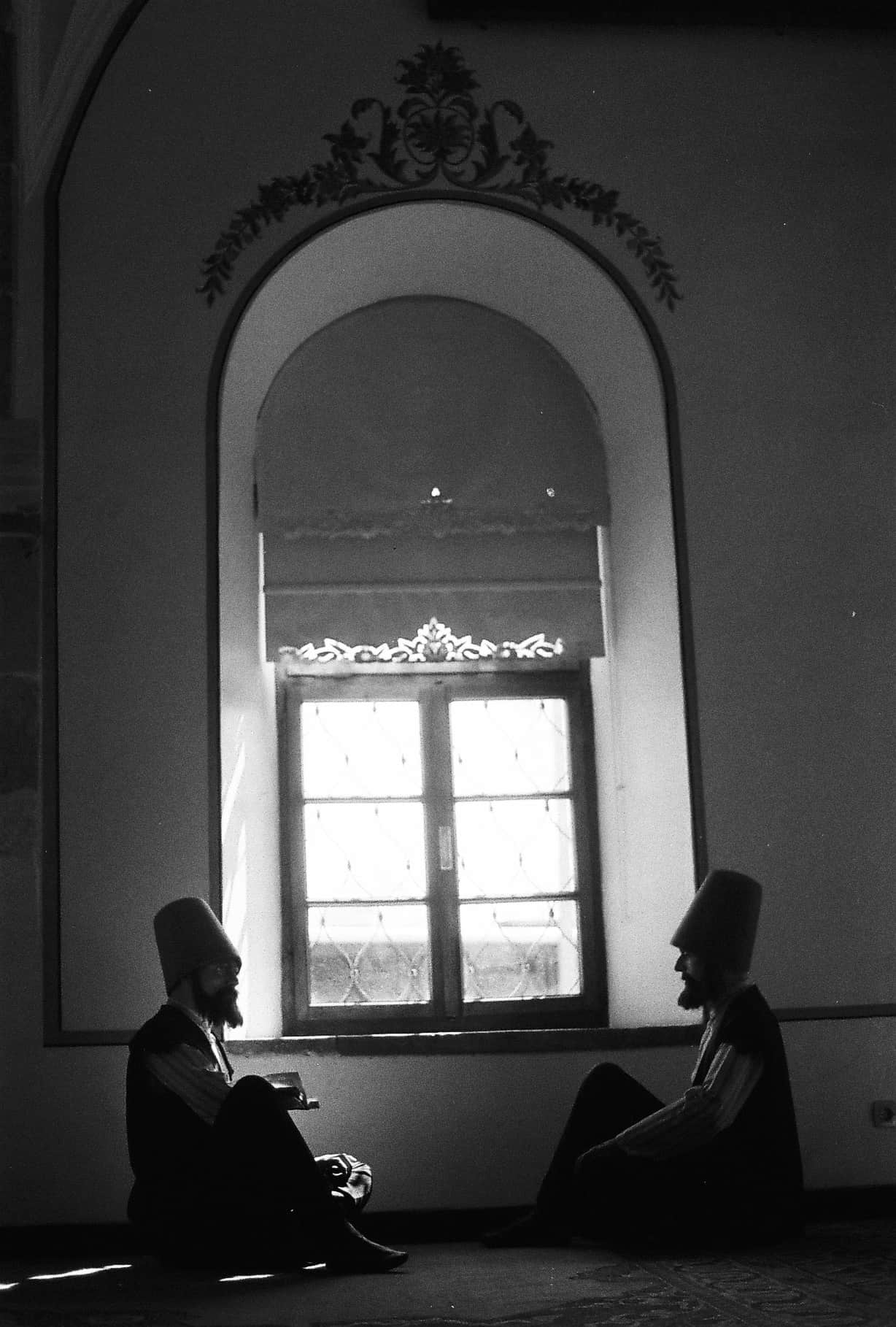
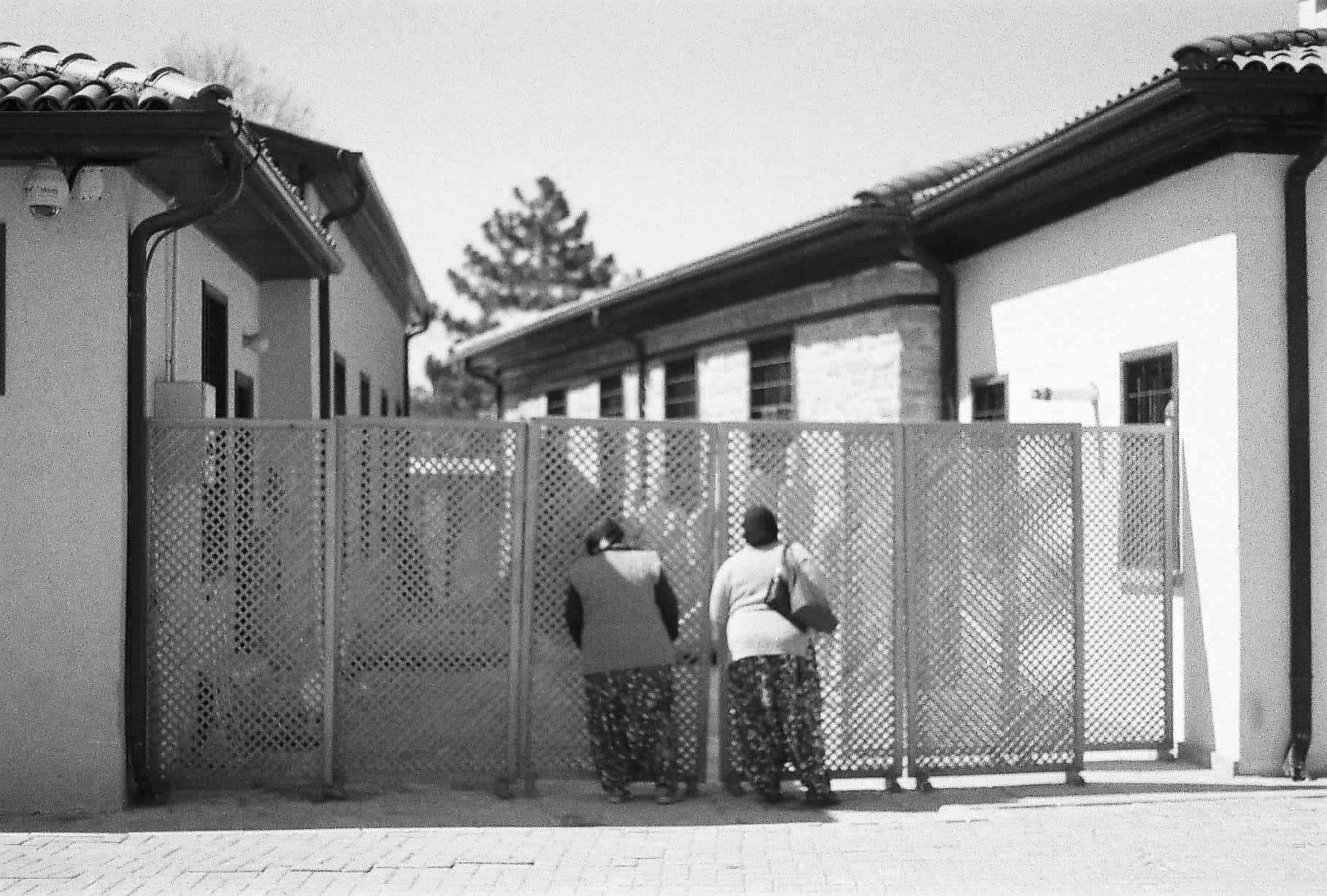

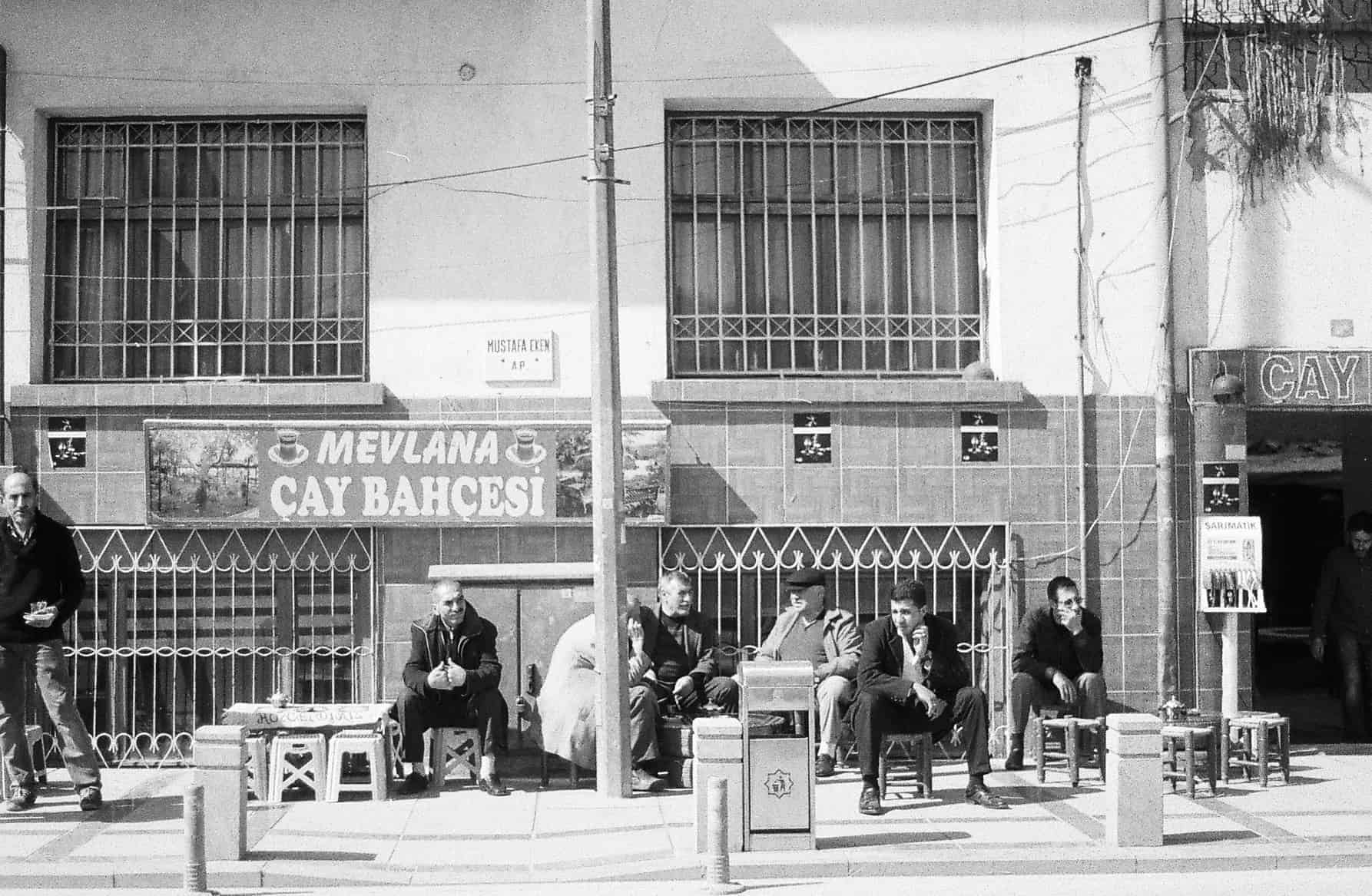
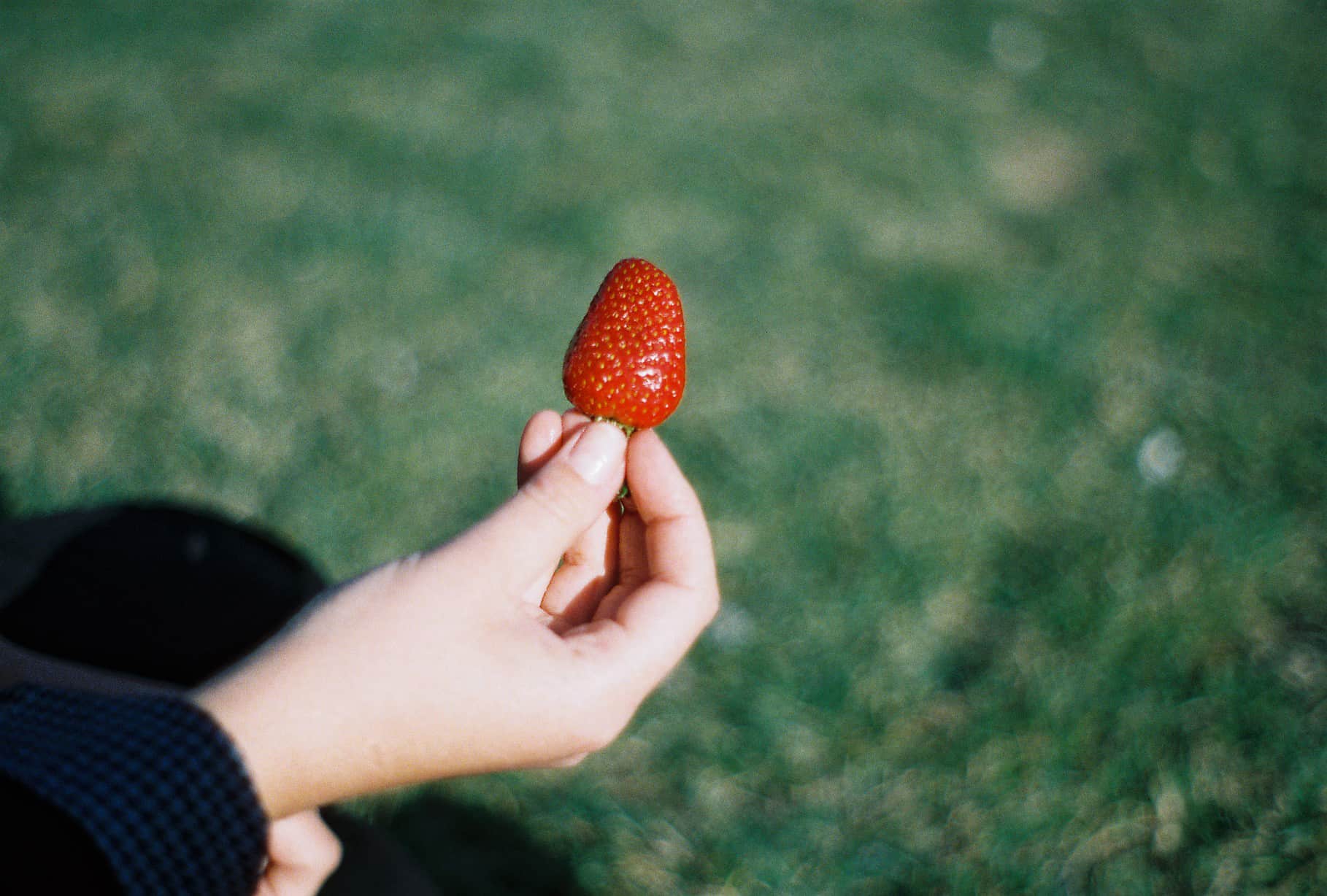
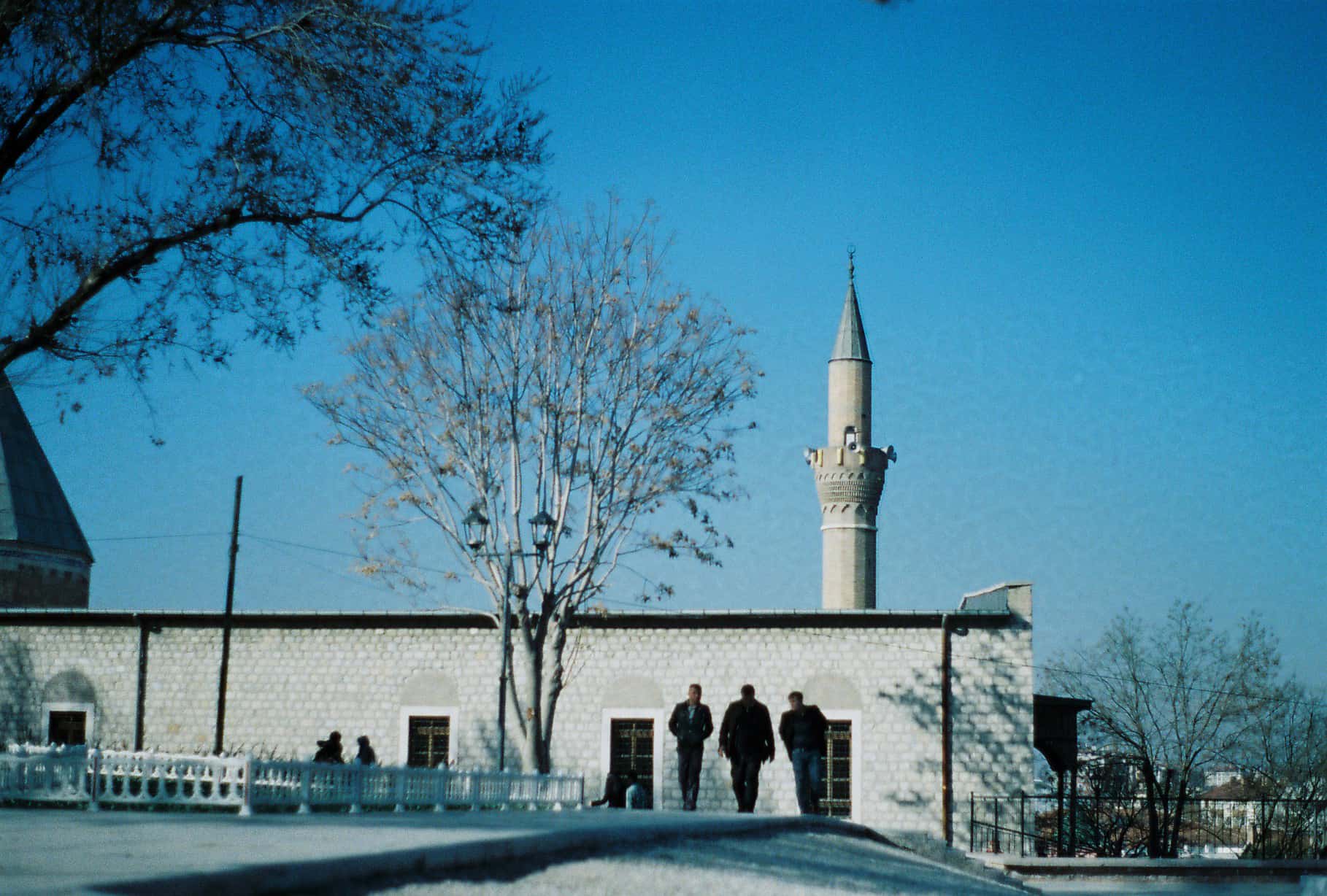
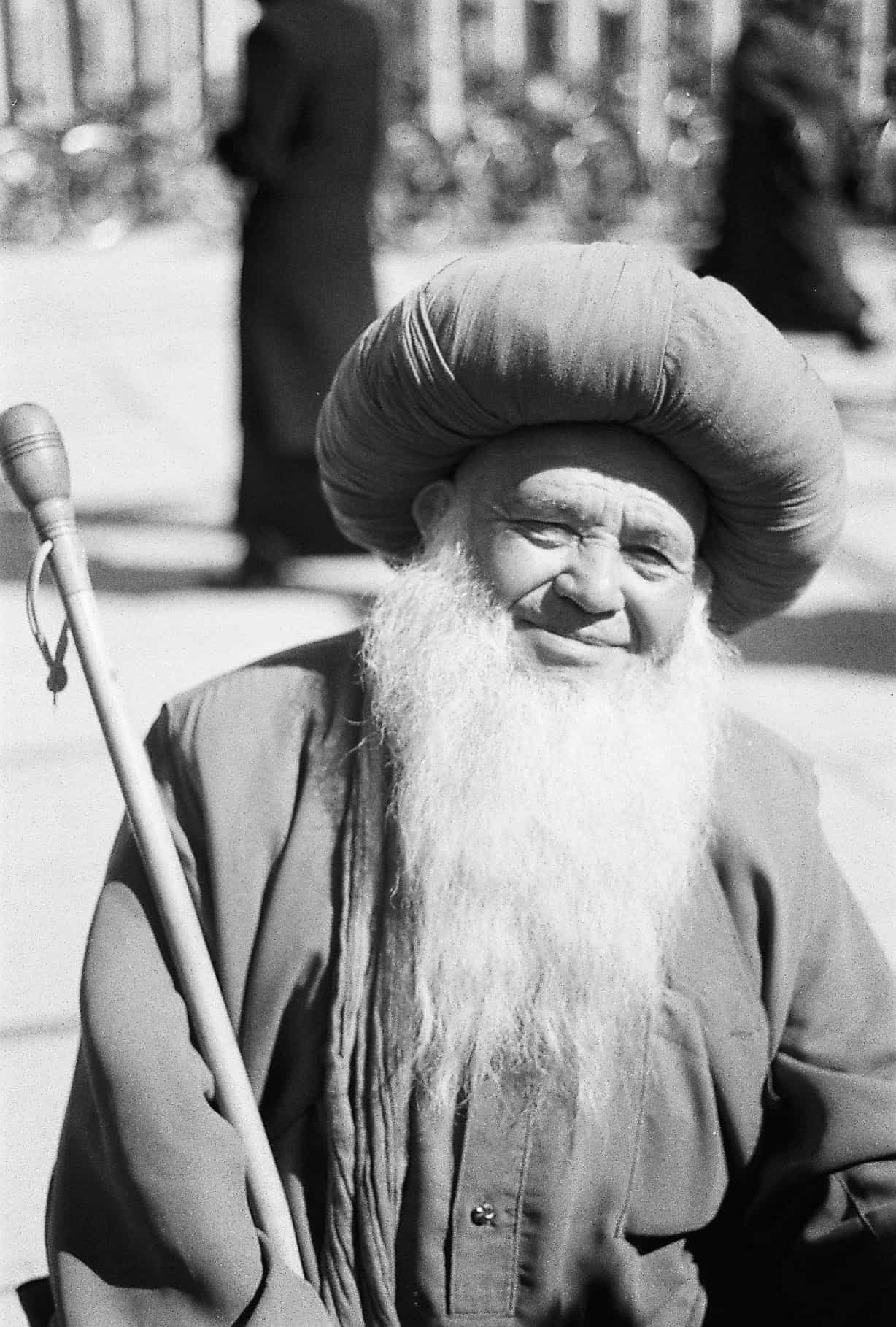


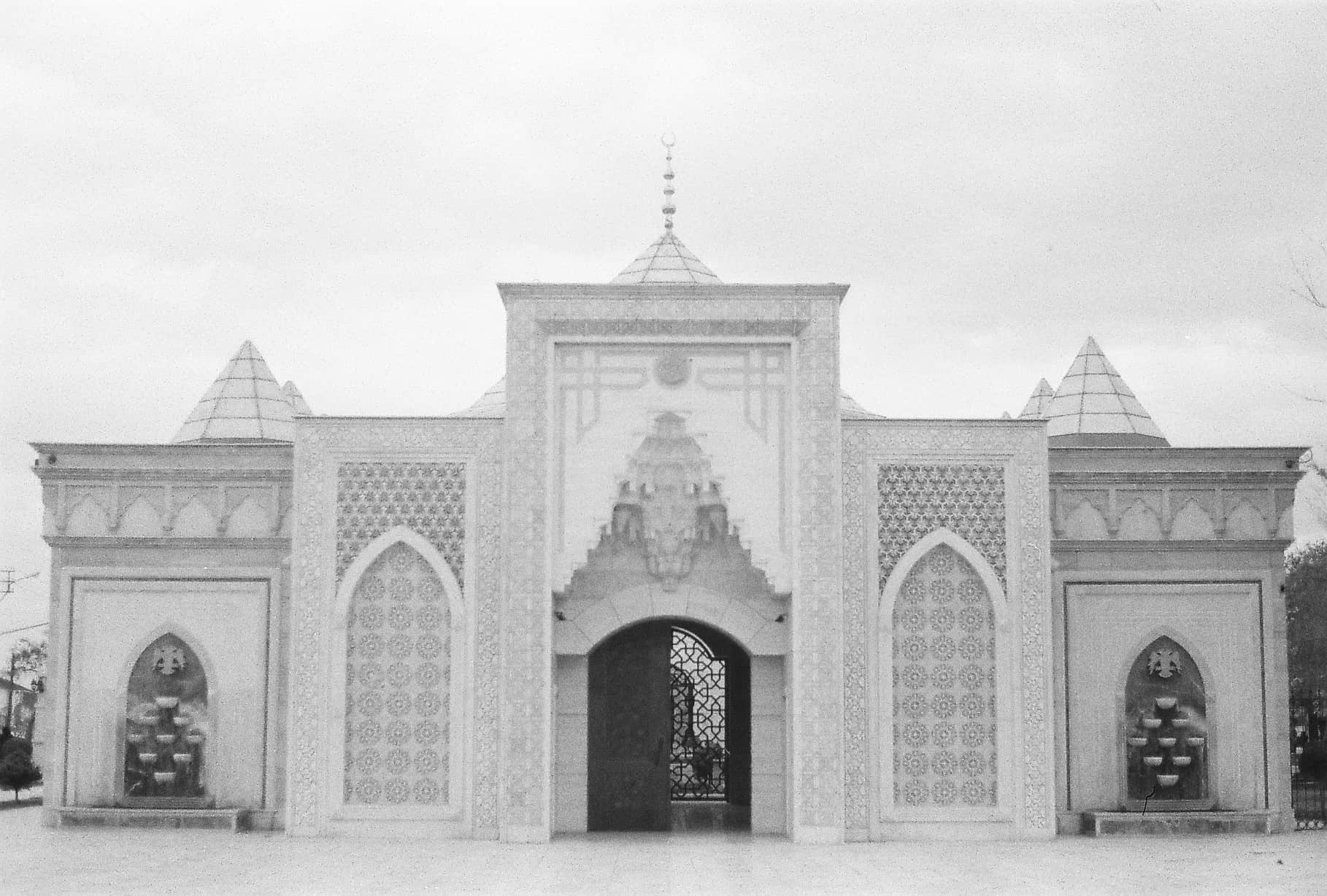
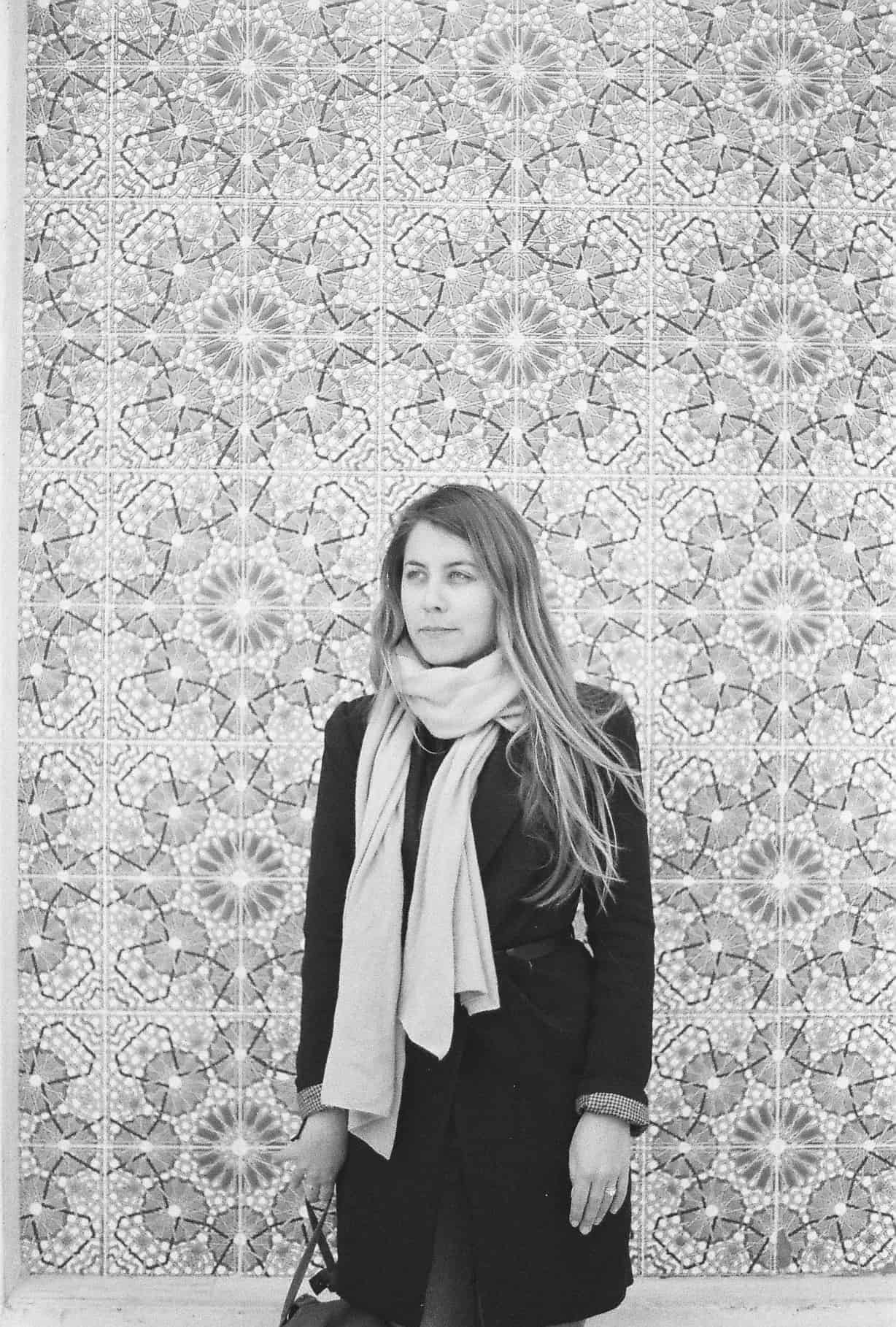

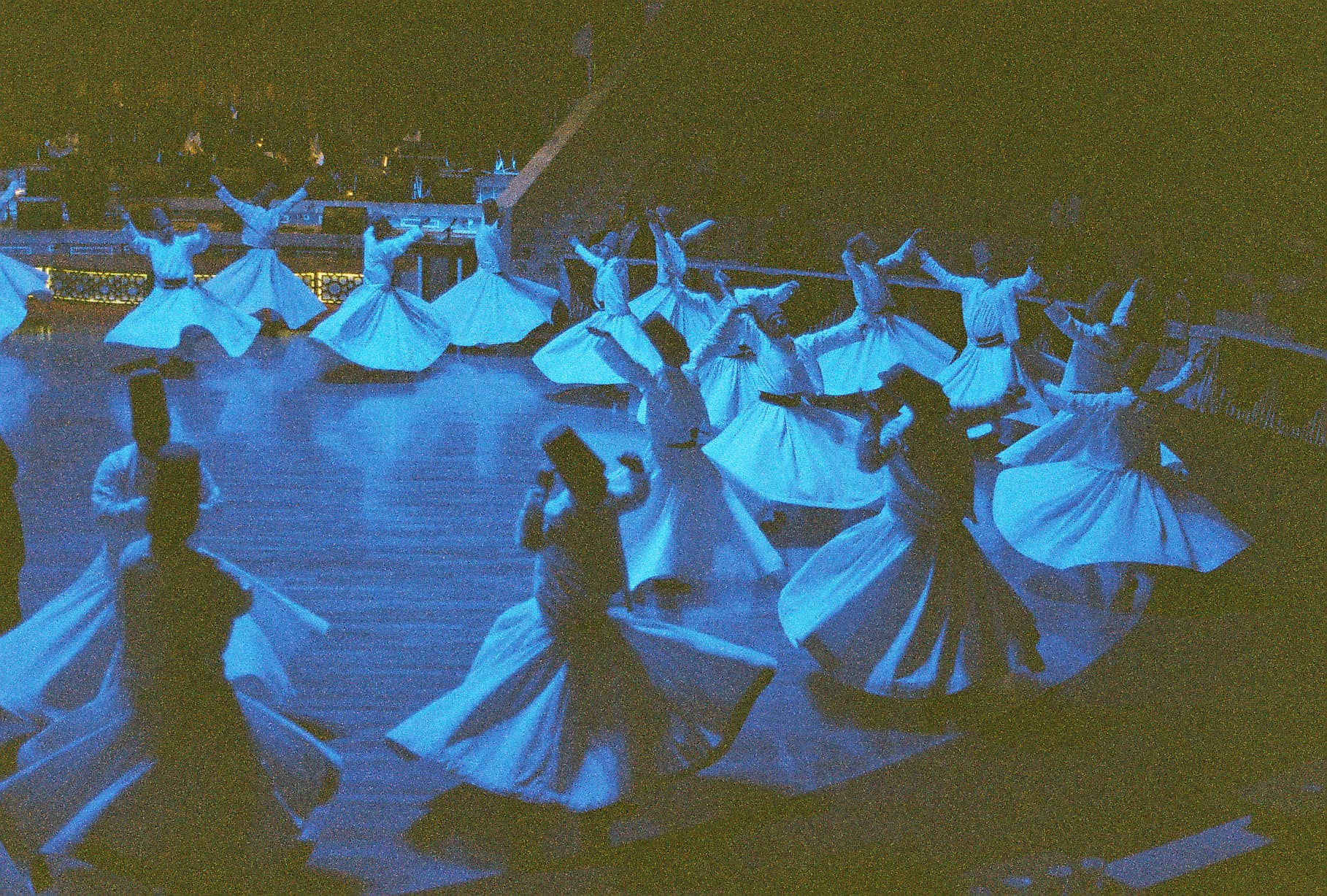
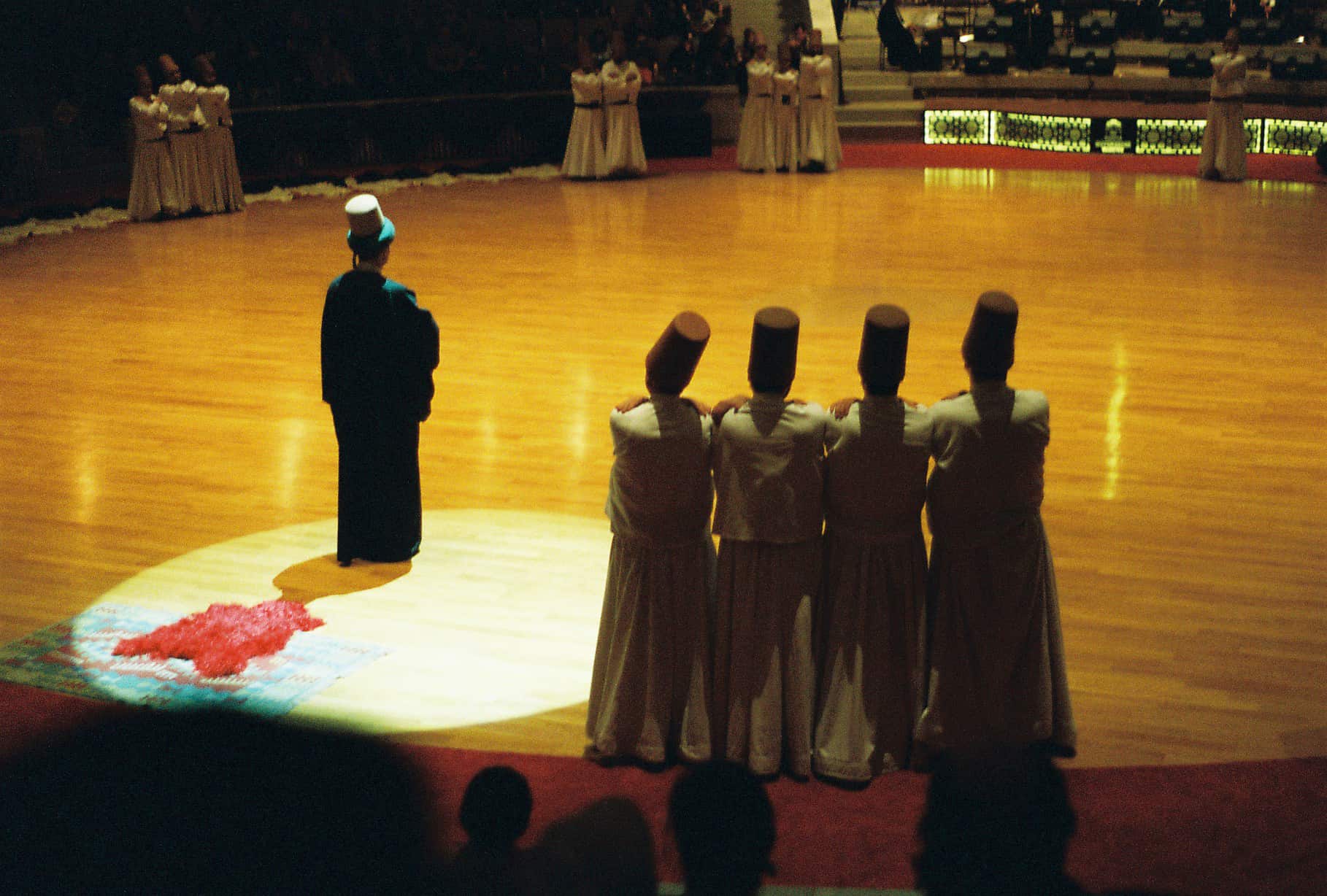

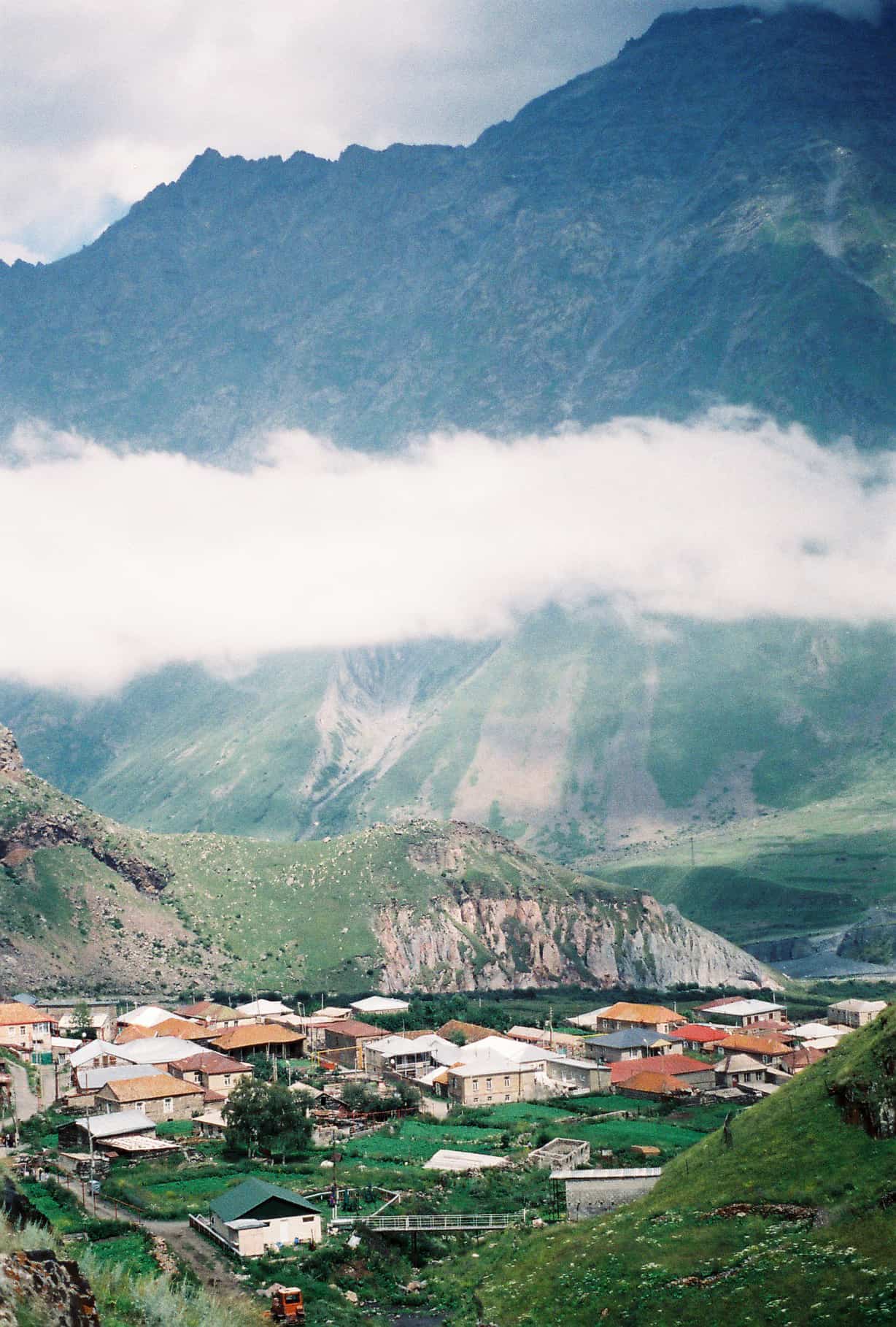
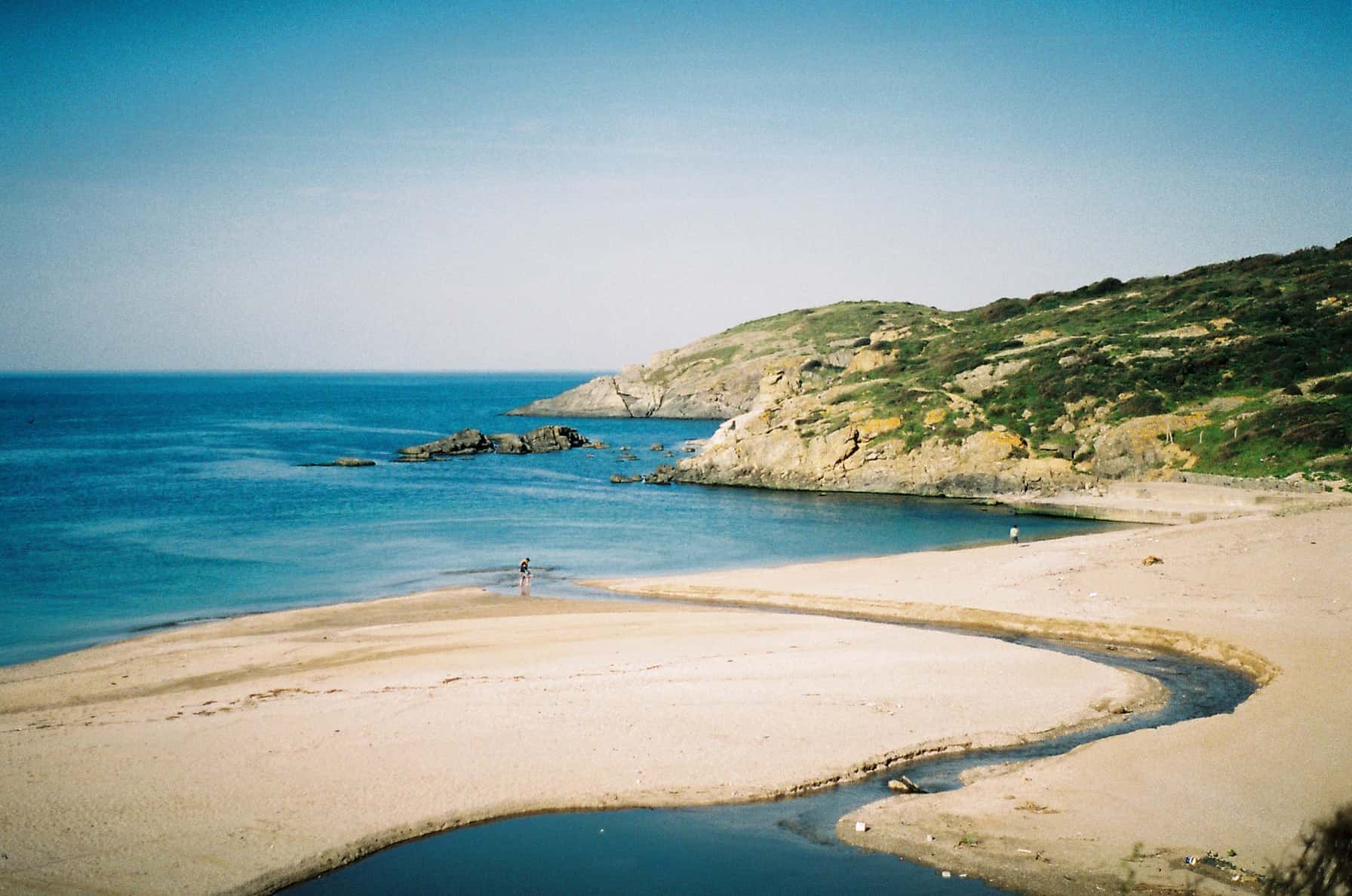
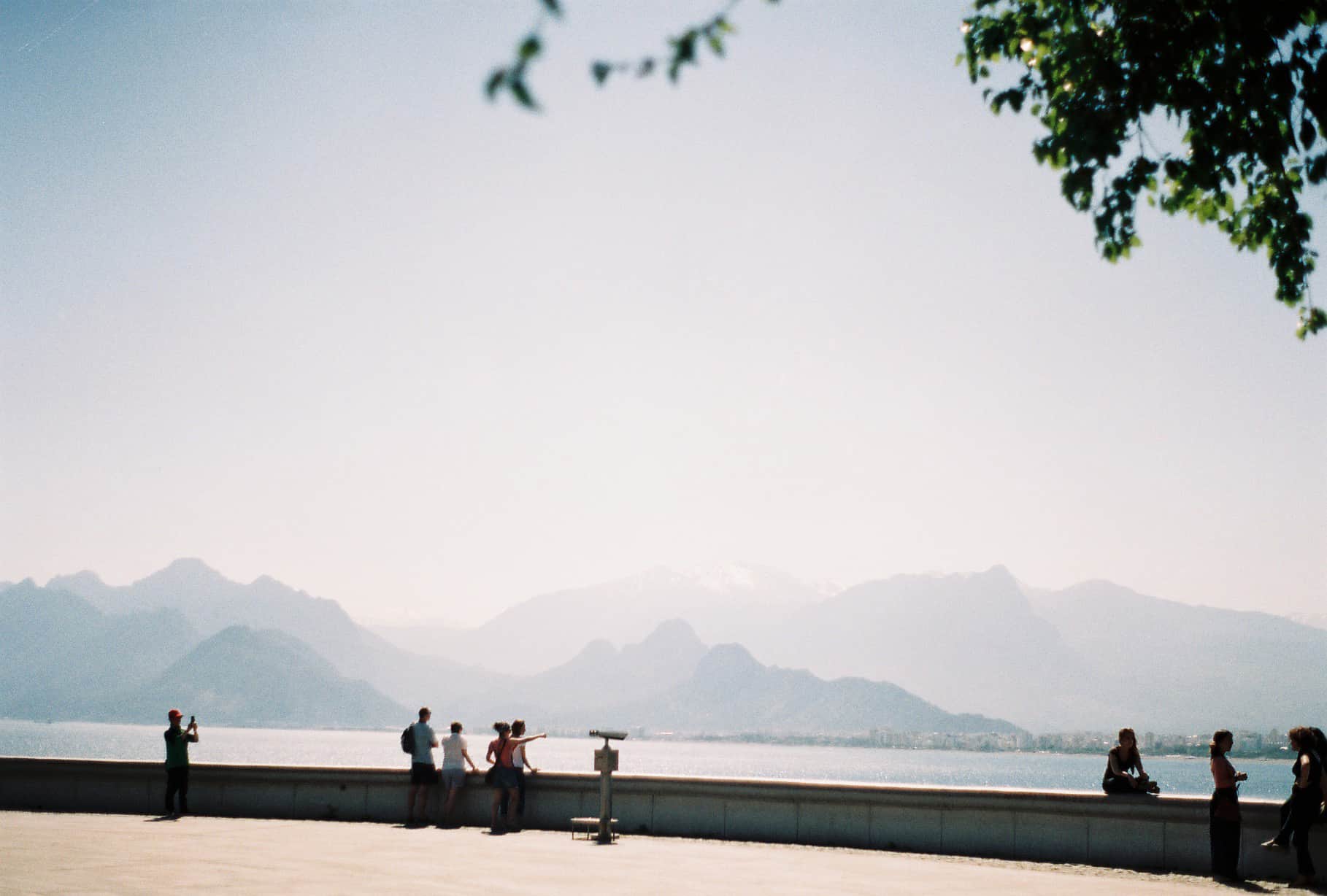
2 Comments
pollyheath
May 9, 2014 at 8:36 PMWow, wow, wow. What an incredible story. I love Rum i’m poetry but didn’t know much about it, so thanks for the excellent background.
Katrinka
May 14, 2014 at 8:45 PMYou’re welcome! Rumi (and Sufism in general) is fascinating.